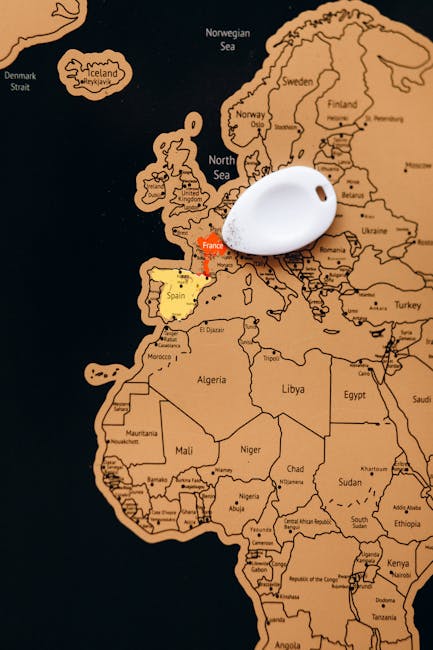Top Languages in the World: A Comprehensive Guide to Global Communication
Understanding the world’s most spoken languages is crucial in today’s interconnected global landscape. From business and travel to diplomacy and cultural exchange, language proficiency opens doors to countless opportunities. This comprehensive guide delves into the top languages globally, examining their geographic distribution, cultural significance, and future projections. We’ll explore the factors contributing to a language’s prominence and consider the implications of linguistic diversity in an increasingly interconnected world.
Defining ‘Top Languages’: A Multifaceted Approach
Defining the ‘top’ languages isn’t a simple task. Several metrics can be used, including the number of native speakers, the number of total speakers (including those who speak it as a second or foreign language), and its official status in various countries. This guide will consider all three factors to provide a nuanced understanding of global language dominance.
Native Speakers vs. Total Speakers: A Key Distinction
The distinction between native and total speakers is crucial. While Mandarin Chinese boasts the highest number of native speakers, English surpasses it in total speakers due to its widespread use as a second or foreign language globally. This highlights the multifaceted nature of language dominance and the importance of considering multiple metrics when assessing a language’s global reach.

The Top 10 Languages by Native Speakers
- Mandarin Chinese: With over 900 million native speakers, Mandarin Chinese holds the undisputed top spot. Its prevalence is largely concentrated in mainland China and Taiwan, making it essential for anyone engaging with these significant economies.
- English: While not the leading language in terms of native speakers, English occupies a pivotal role as a lingua franca, with around 370 million native speakers. Its global reach stems from historical colonization, its use in international organizations, and its widespread adoption in education and business.
- Hindi: Spoken primarily in India and Nepal, Hindi boasts a large number of native speakers, solidifying its position among the world’s most influential languages.
- Spanish: With a significant presence in Spain, Latin America, and parts of the United States, Spanish stands as a major language, both in terms of native and total speakers.
- Arabic: Spread across the Middle East and North Africa, Arabic’s influence extends far beyond its geographical boundaries, holding significant religious and cultural importance.
- Bengali: Predominantly spoken in Bangladesh and India, Bengali is a testament to the linguistic diversity of the South Asian region.
- Russian: With a significant number of native speakers concentrated in Russia and several former Soviet republics, Russian remains an important language in Eastern Europe.
- Portuguese: Spoken widely across Brazil, Portugal, and parts of Africa, Portuguese’s global presence makes it a valuable language for international communication.
- Indonesian: The official language of Indonesia, Indonesian stands as a prominent language in Southeast Asia.
- Urdu: Predominantly spoken in Pakistan and India, Urdu is another crucial language in South Asia, highlighting the region’s linguistic complexity and importance.
Factors Contributing to a Language’s Global Prominence
Several factors contribute to a language’s global reach. These include:

- Population Size: Larger populations naturally lead to a higher number of native speakers.
- Economic Power: The economic influence of a country often translates to the global influence of its language.
- Political Influence: Historically powerful nations often see their languages spread through colonization and international relations.
- Cultural Influence: Popular culture, media, and entertainment can contribute significantly to a language’s spread.
- Technological Advancements: The internet and global communication technologies play a vital role in disseminating languages.
- Education: The adoption of a language as a medium of instruction in education systems across the globe boosts its global reach.
The Future of Global Languages
The linguistic landscape is constantly evolving. While some languages maintain their dominance, others are experiencing growth or decline. Factors such as globalization, migration, and technological advancements will continue to shape the future distribution of languages. The rise of multilingualism and the development of language-learning technologies will also play a significant role in the evolution of global communication.
Learning a Top Language: The Benefits and Resources
Learning one of the top languages offers numerous benefits, opening doors to new career opportunities, cultural experiences, and personal growth. Numerous resources are available to support language acquisition, including online courses, language exchange programs, and immersion experiences. The choice of learning method will depend on individual learning styles and goals.

Conclusion
Understanding the top languages in the world provides a valuable insight into global communication and cultural diversity. By considering the various factors contributing to a language’s prominence, we can better appreciate its significance in shaping international relations, trade, and cultural exchange. As the world becomes increasingly interconnected, mastering a top language becomes a crucial asset in both personal and professional spheres.
